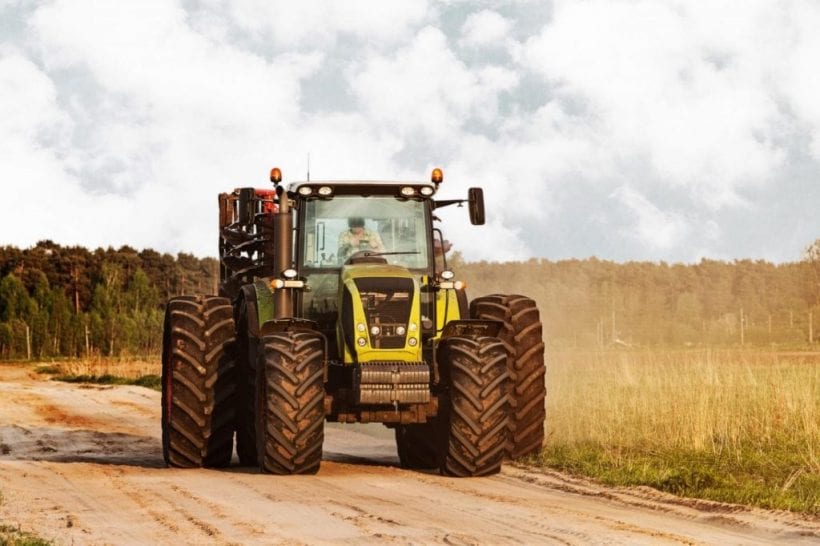Power steering is important in modern-day vehicles so that drivers don’t have to use sheer force to turn their wheels. In the past couple of decades, it’s begun to shift from hydraulic to electric. But whilst this difference has quickly changed the nature of power steering for cars, it is only beginning to occur for heavy-duty motor vehicles, like trucks and buses. Therefore, if you need aftermarket parts for European trucks you can visit this website and you most likely will need those for HPS (hydraulic power steering).
Hydraulic vs. Electric
Hydraulic
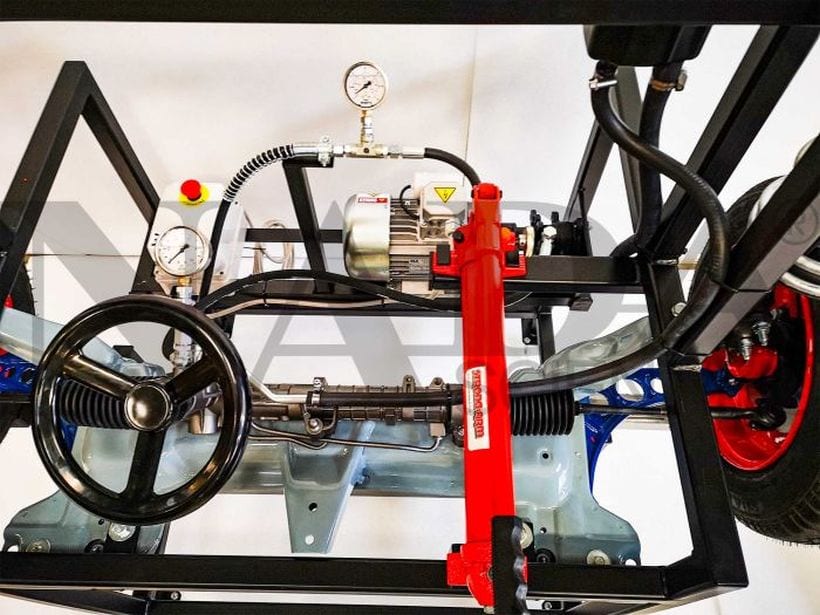
Hydraulic power steering (HPS) is the more conventional of the two types, yet still remains robust and reliable. It functions by way of hydraulic fluid, pulled by a steering pump that enters a hydraulic cylinder and creates pressure. The pressure is transferred to the steering gear, which in turn causes the wheels to turn. It has many components.
Electric
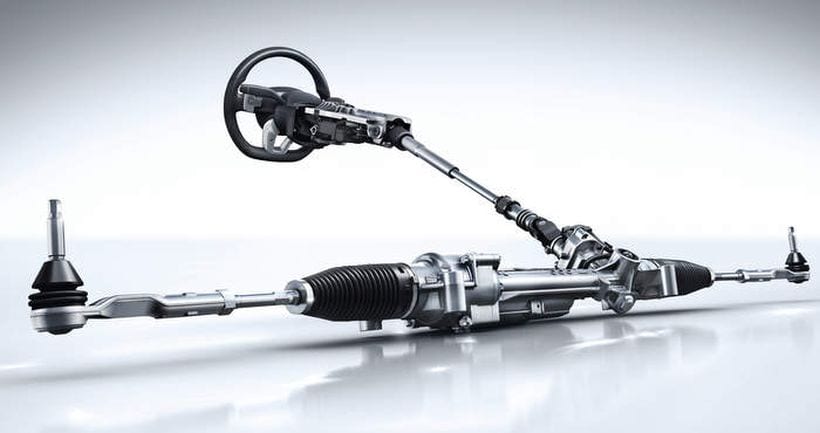
Electric power steering (EPS), on the other hand, creates necessary pressure by way of an electric motor. Sensors can quantify exactly how much torque the driver uses to turn the steering wheel to match how much the wheels will turn. The turning motion indicates how much electricity the engine should generate to support the specific amount of torque.
Difference between the Two
The electric power system (EPS) has fewer components and so it requires less maintenance. In a hydraulic system, however, you must periodically replace the hydraulic fluid, or it can leak, and the parts need to be replaced more frequently. Heavy-duty vehicles often face these maintenance issues because there is greater pressure and more wear.
Also, because HPS is continually powered by the engine even when the vehicle isn’t turning, it uses more fuel and costs more CO2 Emissions than EPS’ electric motor system. Electronic power has different challenges, like calibration and programming.
Truck Steering Systems
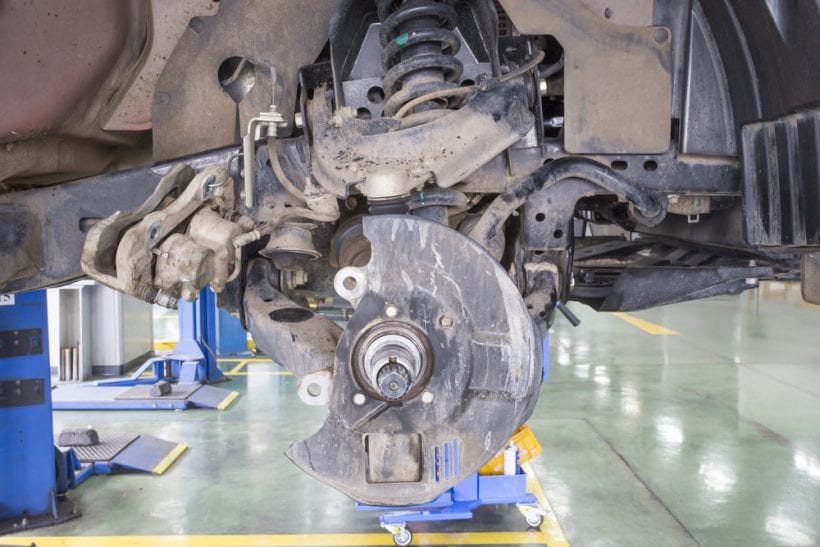
Hydraulic
Trucks mostly use a recirculating ball-and-nut power steering gear system assisted by hydraulics. It has a great power-to-weight ratio and manufacturers continually enhance the efficiency of steering pumps; for example, the e-Varioserv significantly reduces energy waste by offering power-on-demand by fuel.
Electrohydraulic
This third type of modern power steering, EPHS, still uses a hydraulic pump to steer, but the pump is powered by an electric motor. Sensors attach to the steering gears to enhance hydraulic steering which wastes less energy.
Electric?
Since EPS is a newer technology, it takes time to advance it enough to handle the demands of heavy commercial vehicles that need greater steering forces and more durability. Electronic power is only slowly being adopted by truck fleets because they generally keep earlier truck models and replace their corresponding parts. And even when they’re buying new trucks, they may not want to pay premium costs for their whole fleet.
Is The Change Imminent?
Just like many similar industries, this one wasn’t so willing to change in the past. Of course, in some departments, it wasn’t even possible to make advancements. For years and even decades, hydraulic power steering was the norm. There wasn’t a vehicle on the road not using this system. But time flies, and things change. The once state-of-the-art tech in the form of hydraulic steering which helped the drivers behind the wheels of heavy-duty machines is slowly becoming obsolete. The change came in the form of electronic power steering operates which are tech-based on sensors and signals, highly upgrading the technology we knew before. It is a vast improvement as you no longer require physical pumps, belts, and all that fluid that one was as valuable as the oil itself. The biggest improvement was of course the disappearance of all that maintenance that while ago was inevitable. With electric steering, there’s no more leaking, pressure drops, or broken hoes. All of these demanded instant repairs and at times knew to be rather costly. Hydraulic steering was so good for so long, but looking back at it now, you can see that it was a flaw-induced technology that more often than not needed heavy repair and super-regular maintenance.
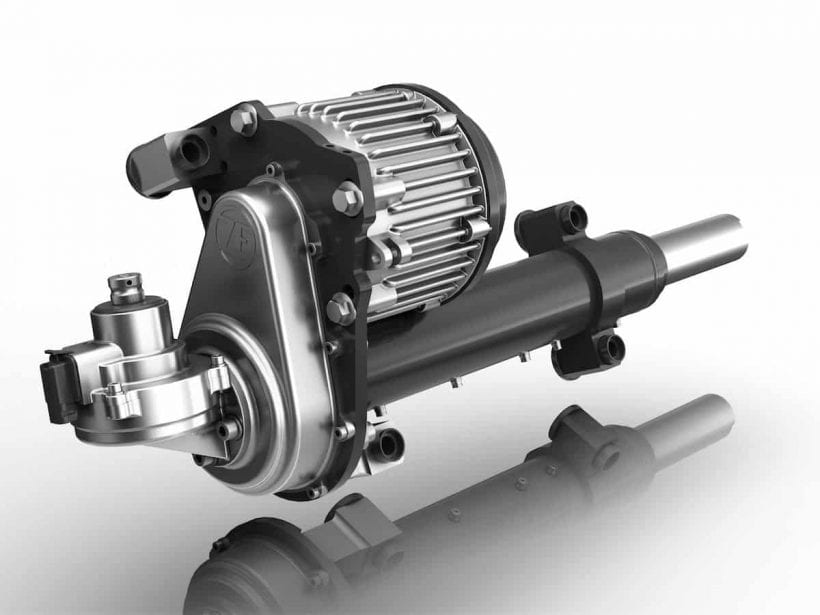
The electronic steering systems are a huge upgrade in every sense of that word. Of course, is not all butter and milk, as it has the maintenance of its own, but the tech came so far that it is all much easier than it was ever before. All you need is a bit of programming, and computer calibrating, which is you must admit much easier than having to change the hydraulic liquid or some broken hoes. But, as much the technology has gone forward, people remained the same, and as is usually the case some even went backward. This is the principal reason why so many fleet managers are reusing to adapt to new tech, which is an upgrade over what they already have, and remain loyal to hydraulic over electric steering. The old guard is relentless as always, but as always they’ll also have to adapt. The advantages are too many to simply be ignored and overseen in the name of old habits.
The principal reason why the change will imminently come to them is the old age of all vehicles already on the road. The cost of maintenance of old vehicles relying on hydraulics will only grow. With time it will become cheaper to buy the new ones rather than trying to fix the old ones. The slow adaptation of the old fleet masters will soon become faster as they will not be able to remain blind to the future for much longer. After all, they’ll have to see just how much easier their lives could become if they follow the age we’re living in. The one thing that will make them do so for sure, is the manufacturers who are moving forward with the EPS and the number of hydraulic steering vehicles manufactured drops lower each day. Soon, all vehicles ob our roods will have electronic steering system without a fault.
Future Possibilities
But in the next upcoming years, more and more trucks will be manufactured with EPS installed; for example, ZF’s ReAx. As this time approaches, truck operators will not only see greater fuel efficiency, but the use of new technology only possible with EPS, like steering adjusted based on speed, or intelligent steering, like lane keep assist with Adaptive steering. A new world of automation is opening up for vehicles, and trucks and buses will certainly be included as technology catches up with their heavier demands.

